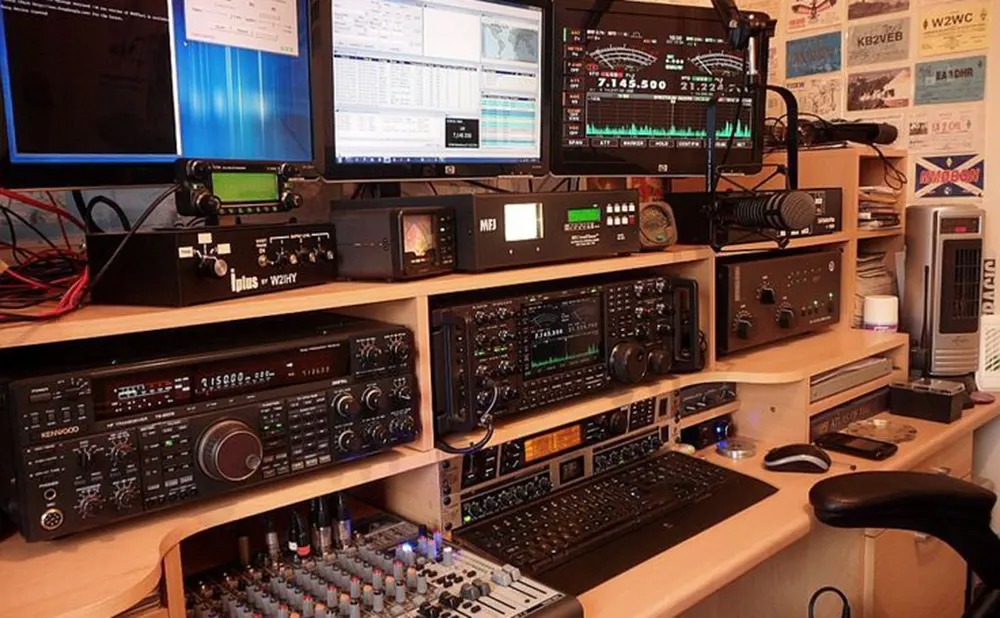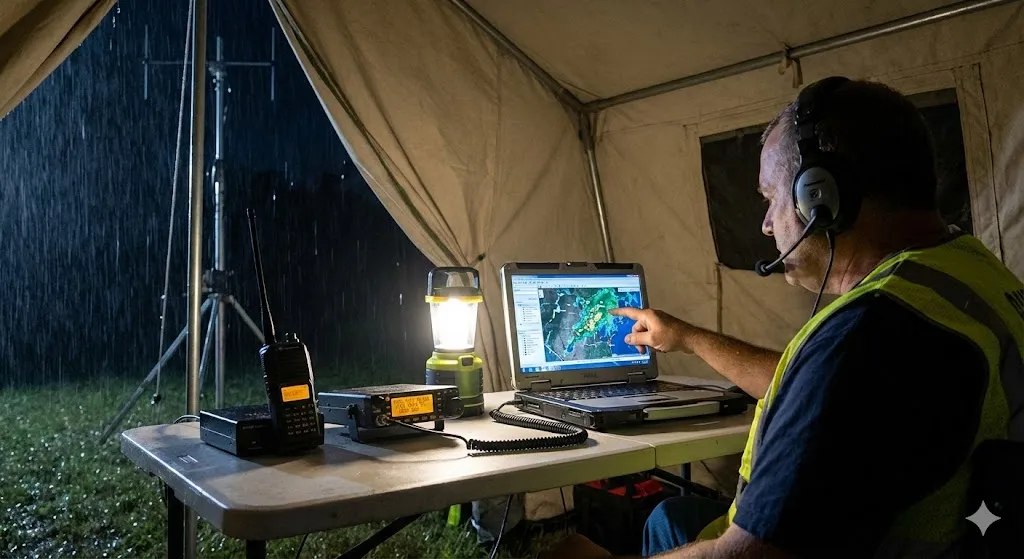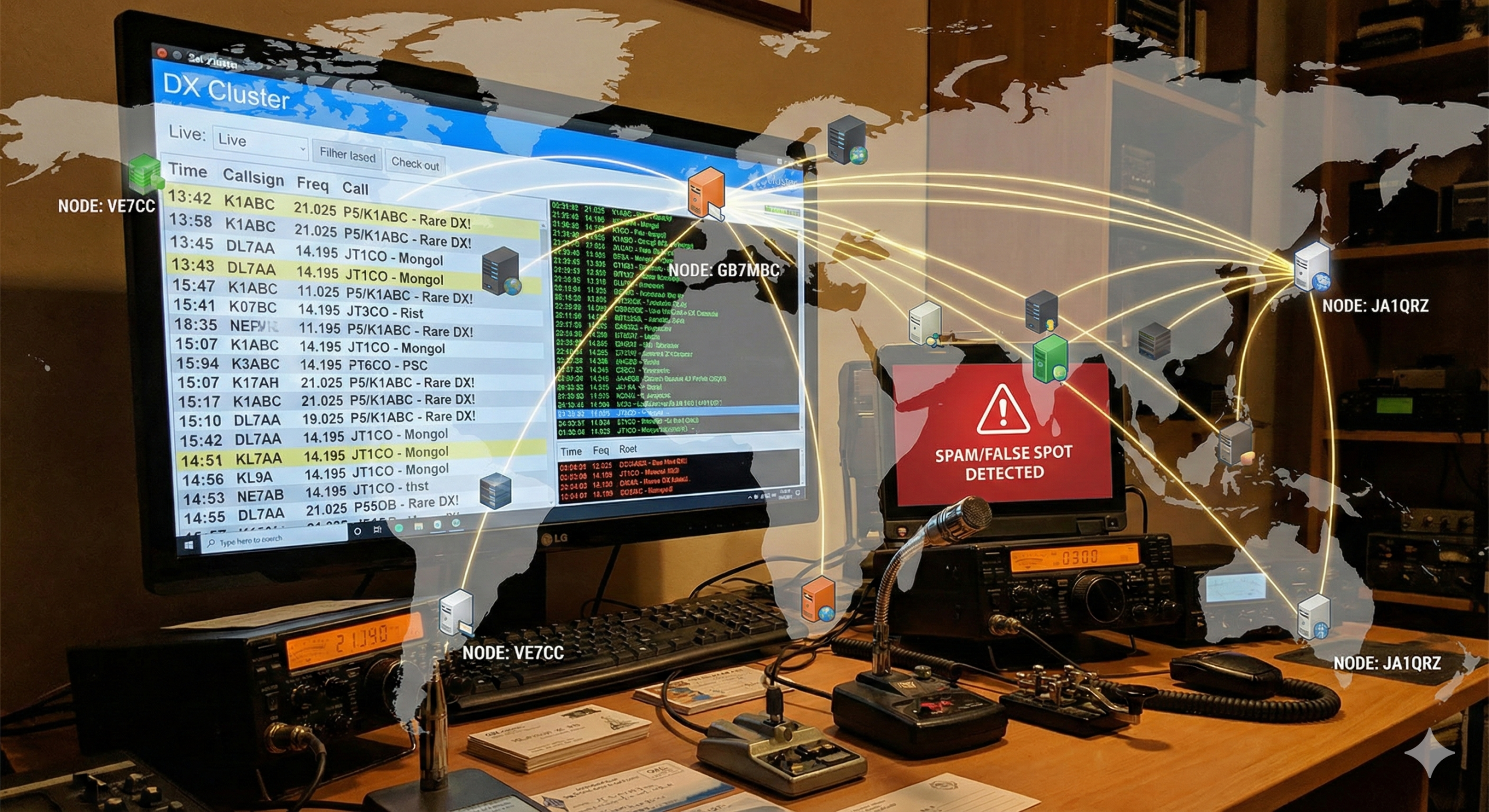Essential Equipment for the Amateur Radio Operator: A Comprehensive Guide
Amateur radio, also known as ham radio, offers a thrilling journey into the world of wireless communication. Whether you’re interested in emergency communications, DXing (long-distance communication), or simply connecting with fellow enthusiasts around the globe, getting started in amateur radio requires some basic equipment. In this guide, we’ll explore the essential tools every amateur radio operator should have in their arsenal.
- Transceiver: At the heart of every ham radio station is the transceiver, which combines both a transmitter and a receiver in one unit. When choosing a transceiver, consider factors such as frequency range, power output, and modes of operation (e.g., single sideband, FM, CW). Entry-level transceivers like the Yaesu FT-818 or the Icom IC-7300 offer a good balance of features and affordability for beginners.
- Antenna: An antenna is crucial for transmitting and receiving radio signals. The type of antenna you need depends on various factors, including available space, frequency of operation, and desired range. For beginners, a simple wire dipole antenna or a vertical antenna like the MFJ-1796 can be effective for getting started on HF bands.
- Antenna Tuner (ATU): Antenna tuners are used to match the impedance of the transceiver to that of the antenna system. This ensures maximum power transfer and minimizes reflected power. Automatic antenna tuners like the LDG Electronics AT-100ProII are convenient for quickly tuning antennas across multiple bands.
- Power Supply: A reliable power supply is essential for powering your transceiver and other equipment. Look for a power supply that can deliver sufficient current for your transceiver’s requirements. Linear power supplies are known for their stability and low noise output, making them ideal for amateur radio use.
- Basic Repair Equipment: While modern transceivers are relatively robust, it’s still handy to have some basic repair equipment on hand for troubleshooting and maintenance. This may include a multimeter for measuring voltage and continuity, soldering iron and solder for making repairs to circuit boards or connectors, and a set of screwdrivers and pliers for mechanical repairs.
- Contact Logging Software: Keeping track of your radio contacts is essential, especially if you’re participating in contests or working towards awards like DXCC (DX Century Club). Contact logging software simplifies the process of recording details such as call signs, frequencies, and signal reports. Popular logging programs like Ham Radio Deluxe or N1MM Logger+ offer comprehensive features for managing your logbook.
- Headphones: While not strictly necessary, a good pair of headphones can greatly enhance your listening experience, especially in noisy environments or when operating in crowded band conditions. Look for headphones with comfortable ear cups and good sound quality for extended operating sessions.
- Coaxial Cable: To connect your transceiver to the antenna, you’ll need coaxial cable. Choose a high-quality coaxial cable with low loss characteristics to minimize signal loss between the transceiver and antenna. RG-8X or LMR-400 are popular choices for HF and VHF/UHF applications, respectively.
- SWR Meter: A Standing Wave Ratio (SWR) meter is used to measure the efficiency of your antenna system and ensure that it’s properly tuned. High SWR can indicate problems such as antenna mismatch or feedline issues, which can affect signal transmission and reception.
- Reference Material: Lastly, having reference material such as a copy of the Amateur Radio Relay League (ARRL) handbook or antenna design guides can be invaluable for learning and troubleshooting.
In conclusion, while the world of amateur radio offers endless possibilities for exploration and communication, getting started requires some essential equipment. By investing in the right tools and resources, you can embark on a fulfilling journey into the exciting realm of ham radio. Whether you’re making contacts around the world or participating in local emergency communications, having the right equipment at your disposal will enhance your amateur radio experience.







Post Comment